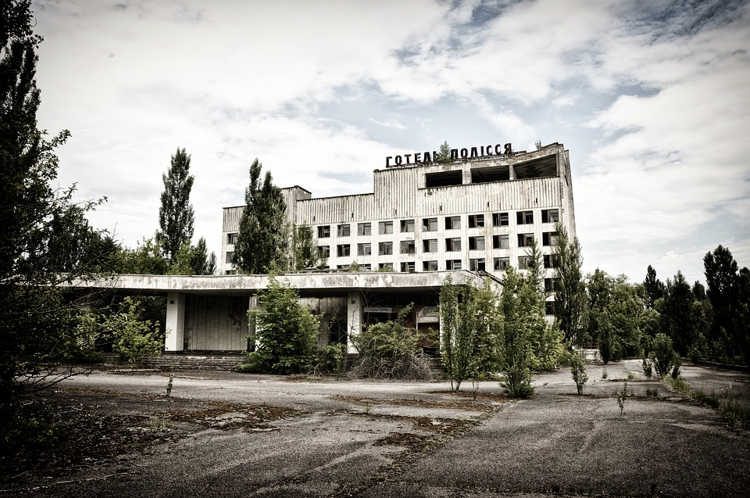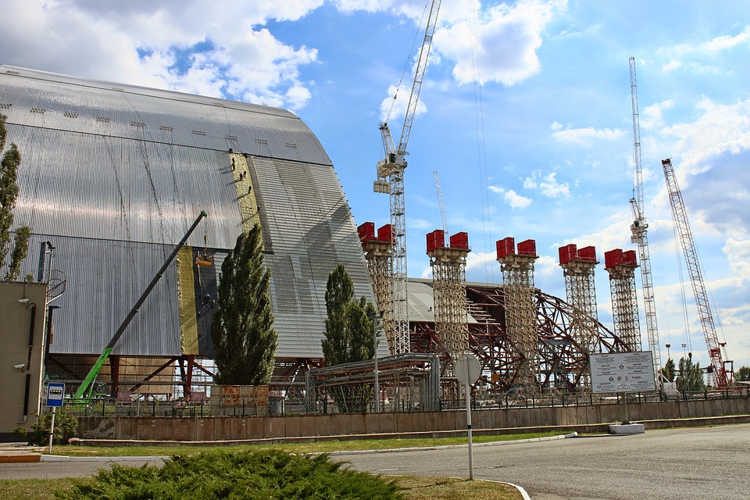In an effort to boost tourism to turn the Chernobyl disaster zone into a tourist attraction, the Ukrainian government recently decided to open a highly radioactive reactor control room to tourists.
The control room of Chernobyl’s reactor four is where Ukrainian engineers turned off the nuclear reactor’s cooling pumps during a safety test in April of 1986. It was this act that eventually led to a catastrophic explosion that killed 28 people in the immediate aftermath and left the surrounding area around the power plant contaminated with radioactive waste. It hardly sounds like the perfect tourist destination, but you’ll be surprised how many daredevils would pay serious cash for a chance to set foot in the room where the world’s most devastating nuclear catastrophe. And the Ukrainian government is ready to make their dream come true.

Photo: Amort1939/Pixabay
Earlier this month, Ukrainian authorities announced that they would be opening the reactor control room to visitors, as part of a larger effort to boost tourism in the Chernobyl disaster zone. The building is located under a a 355-foot, 36,000-tonne steel arch placed over an area around the reactor to prevent radiation leaks. That alone should make people think twice before venturing inside, but the fact that visits are limited to only a few minutes to prevent excessive radiation is further warning.
Tourists brave enough to embark on this tour of the reactor four control room will spend more time donning protective clothing and getting scanned for radiation both on entrance and exit than they will inside the room itself, according to several media reports.

Photo: lukaspawek/Pixabay
The biggest threat during the tour would be radioactive dust, which maintenance workers say contains large doses of radiation. If a visitor accidentally brushes against something, they could be at risk of getting contaminated with dangerous levels of radioactive material. To prevent this from happening, workers spray the facility with chemicals meant to keep the dust down.
Yaroslav Yemelianenko, the director of the largest tour operator in the Chernobyl disaster zone, assured journalists that if tourists stick to the specified tour, including the reactor control room, they risk becoming exposed to less than 4 micro-sieverts, which is less than the radiation exposure on a one-hour transatlantic flight. However, he may be biased, and not everyone agrees with him.
Doctor Yury Bandazhevsky, who has studied the Chernobyl disaster and aftermath for decades, has described tourism to the exclusion zone as a needless risk of exposure to deadly radiation. Such warnings do little to deter daredevils, though, and Kiev police reported the arrest of 323 explorers of abandoned places around the disaster zone this year alone.
Tourism in the Chernobyl exclusion zone has been booming ever since the hit show “Chernobyl” premiered on HBO in May, but has been boosted even more by Ukrainian president Volodymyr Zelensky, who plans to “create a green corridor for tourists” in the area around the nuclear facility.






